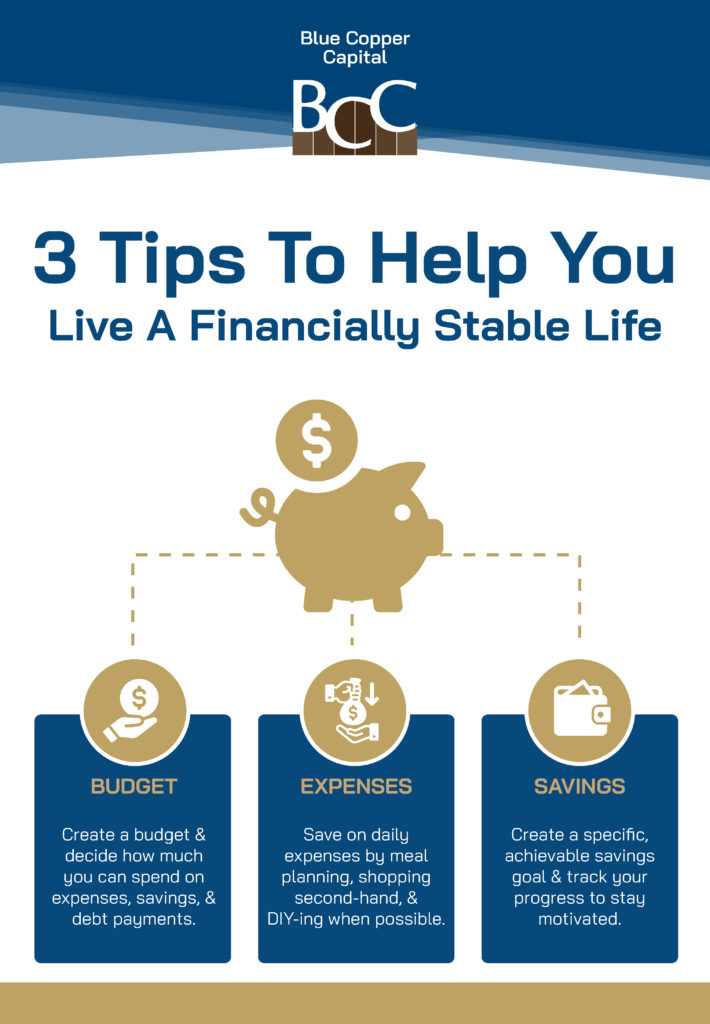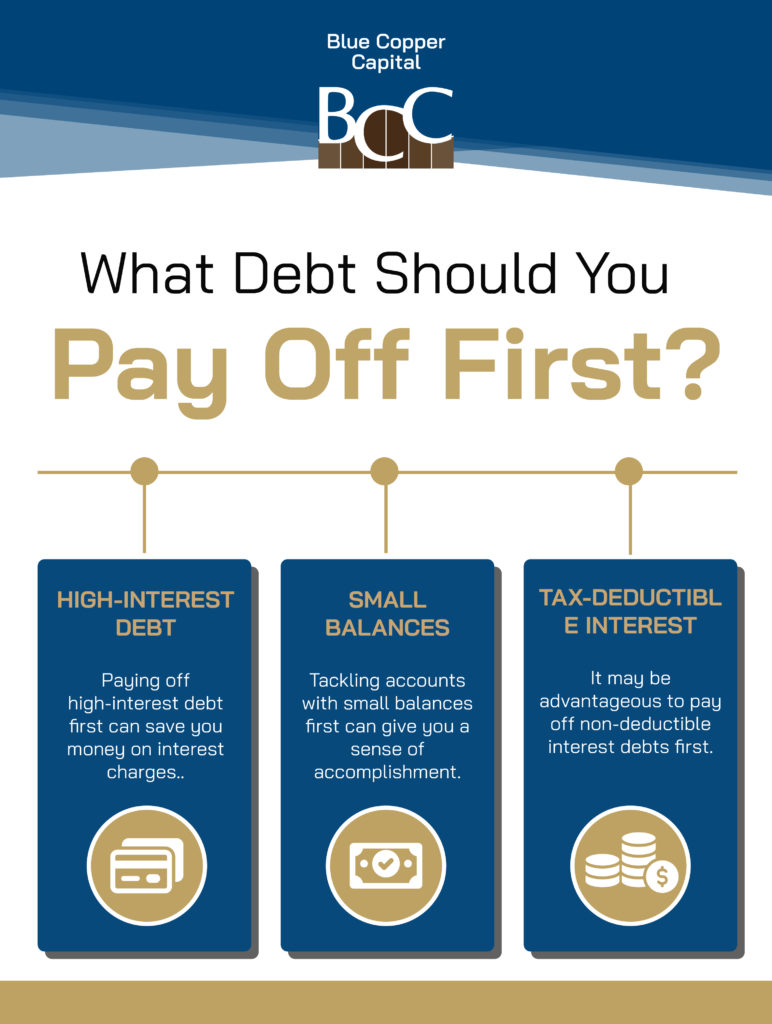You may have heard the old saying, “A penny saved is a penny earned.” And while it might seem cliché, there’s a lot of wisdom in those words. Saving money and reducing debt doesn’t always require drastic measures. Often, small daily changes can have the biggest impact on our financial health.
Saving money and living more fully typically begins with creating a budget. Once you have a set budget, you can focus on spending less, making use of debt repayment strategies, and working toward your end goal.
With the right strategies, you can live a more wholesome life, pay off your debt, and build up your savings.
How to Create a Budget
When it comes to thrifty living and debt management, creating a budget is your first and most crucial step. It can give you a clear picture of your monthly expenses, allowing you to make informed decisions about spending money, saving money, and paying off debts.
One effective method is the 70/20/10 rule. Here’s how it works:
- 70% for Expenses: Allocate 70% of your income to cover all your expenses. This includes rent or mortgage payments, utilities, groceries, transportation, health care, and other necessities.
- 20% for Saving: Next, dedicate 20% of your income to savings. This could be towards an emergency fund, retirement account, or any other savings goal you have.
- 10% for Giving or Paying Off Debt: The remaining 10% of your income should be devoted to giving or paying off debt. If you’re focused on debt repayment, you could use this portion for that. If you’re in a position to give, consider donating to a cause you care about.
Remember, the 70/20/10 rule is a guideline and just one possible budget strategy. Depending on your individual circumstances, you may need to adjust these percentages. The key is to create a budget that works for you and supports your financial goals.

Save on Day-To-Day Purchases
Taking control of your daily spending habits is an essential part of financial stability and debt repayment. But you don’t have to do it all at once! You can start with baby steps and gradually incorporate more changes as you practice more mindful spending habits.
Here are some strategies to help you save on day-to-day purchases:
- Meal Planning: Plan your meals for the week and make a shopping list before you go to the grocery store. Cooking meals at home is often healthier and cheaper than eating out.
- Shop Locally: Local markets often have fresh produce at lower prices than supermarkets. Plus, you’re supporting local businesses—a win-win!
- Shop at the Thrift Store: Clothes, furniture, books, and more can be found at a fraction of the price when you shop second-hand. It’s also a great way to reduce your environmental impact.
- Eliminate Unnecessary Subscriptions: Take a close look at your monthly subscriptions. Are there any services you’re not using enough to justify the cost? Cancelling these can lead to significant savings over time.
- DIY When Possible: From home repairs to beauty treatments, doing it yourself can save a lot of money.
Even small changes can add up to big savings over time. Start with 1 or 2 strategies, and as they become habits, you can incorporate more. You can follow this helpful guide if you’re looking for more ways to save money when shopping.
Have a Reason to Save
One of the most powerful motivators in the journey toward financial freedom is having a clear and specific goal. Maybe you’re saving for a down payment on a house. Perhaps you’re dreaming of a well-deserved vacation, pursuing further education, or planning for early retirement. Whatever it is, having a tangible goal can inspire you to save more and spend less.
Here’s how you can do it:
- Define Your Goal: Be specific about what you’re saving for. Instead of saying, “I want to save money,” say, “I want to save $10,000 for a down payment.” The more specific you are, the more real and attainable your goal becomes.
- Create a Timeline: Determine when you want to achieve your goal. Having a deadline creates a sense of urgency and can motivate you to stay on track.
- Break It Down: Break your goal into smaller, manageable steps. If you’re saving $10,000 in 2 years, you need to save around $417 a month. This can make your goal less overwhelming and easier to manage.

What Debt Should You Pay Off First?
People with multiple sources of debt often wonder about the best strategy for paying off debt and which debt to tackle first. The answer to this depends on your personal financial situation as well as what motivates you.
Target High-Interest Debt
One approach is to focus on paying off high-interest debts first, such as credit cards or payday loans. These types of debt grow quickly, so paying them off can save you money in the long run and free up more cash to put towards other debts.
Tackle Small Balances First
Another strategy is to pay off debts with small balances first. This can provide a psychological boost, as you may feel a sense of achievement each time you completely pay off a debt.
Factor in Tax-Deductible Interest
Some debts, like certain student loans or mortgages, may have tax-deductible interest. It may be advantageous to pay off non-deductible interest debts first.
When to Consider Debt Consolidation
If you have several high-interest debts, such as credit card debts, consolidating them into a single loan with a lower interest rate could be an option to save you money over time.
Debt consolidation loans typically require a steady income to qualify. This option could work for you if you have a stable job and consistent income. If you have a good credit score, you’re more likely to get a favourable interest rate on a consolidation loan.
Before deciding on debt consolidation, it’s wise to seek advice from a financial expert. They can help you understand the pros and cons and determine whether this strategy aligns with your financial goals and circumstances.
Take Control of Your Finances
Thrifty living doesn’t mean depriving yourself—it’s all about making smarter decisions with your money. Whether it’s creating a budget, planning your meals, or deciding which debt to pay off first, each small change can bring you closer to your financial goals.
At Blue Copper Capital, we understand that everyone’s financial journey is unique, and we’re here to support you. Whether you’re looking for a loan to grow your business or need a little help to stay afloat between paychecks, we’re committed to providing personalized solutions that help you move forward.

